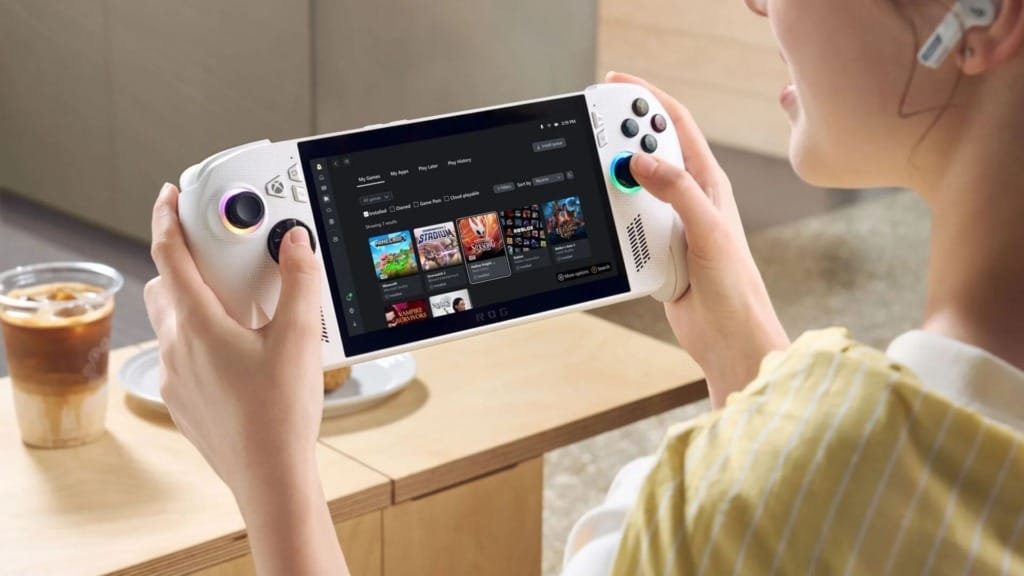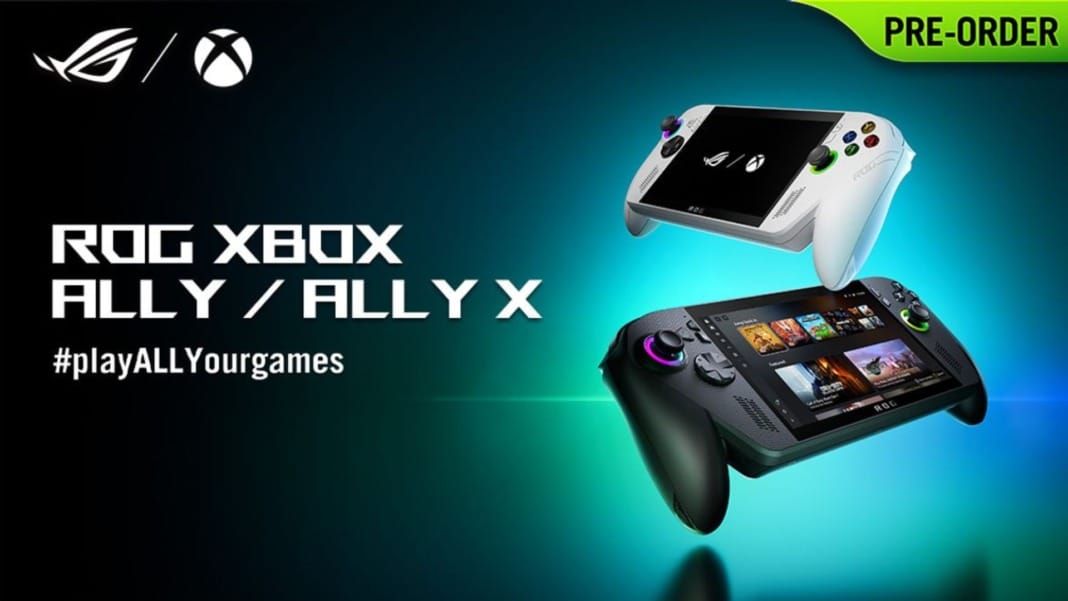Microsoft and Asus have officially opened preorders for the ROG Xbox Ally and ROG Xbox Ally X. The two handheld gaming devices are priced at US$599 and US$999 in the United States. In Canada, they will cost CA$799 and CA$1,299, while in Europe they are priced at €599 and €899. In the United Kingdom, the models are set at £499 and £799, and in Australia, they will be available for AU$799 and AU$1,599.
Both versions are scheduled to ship on 16 October. In the United States, the higher-end Xbox Ally X will be exclusive to Best Buy, the Asus Shop, and Microsoft. The standard Xbox Ally will be available through a wider range of retailers, including Amazon, Best Buy, Walmart, Microsoft, the Asus Shop, and Ant Online.
Microsoft confirmed that the handhelds will be sold in multiple regions, including Australia, Canada, most of Europe, Japan, South Korea, and the United States. Additional markets, such as Brazil, China, India, Malaysia, the Philippines, and Switzerland, will also receive availability at a later stage.
Comparing price and performance

For those accustomed to traditional console prices, the new Xbox handhelds may appear expensive. The standard Xbox Ally, finished in white, is priced US$150 higher than the Nintendo Switch 2, which was itself criticised for its cost. It is also US$100 more than the launch price of the Xbox Series X, even before Microsoft’s recent price increases. In Europe and the UK, the lower-tier Ally is priced the same as an Xbox Series X.
However, the handheld format offers an advantage that consoles cannot match. The new devices are designed to bring PC-style gaming into portable spaces such as car journeys. They are the first Xbox handhelds to run a new build of Windows that hides the traditional desktop and Explorer interface. This version of Windows is designed to optimise memory usage for games and enable seamless navigation using a controller.
Handheld gaming systems in general have become more expensive, with flagship models often costing as much as gaming laptops. At US$999, the Xbox Ally X will compete with devices such as the MSI Claw 8 AI Plus at the same price and the Lenovo Legion Go 2 at US$1,349. Both rivals use the AMD Z2 Extreme chip, which is also found in the Ally X. Reviewers who have tried the new models suggest they are among the most comfortable handhelds currently available.
Hardware differences between the two models
The Xbox Ally and Xbox Ally X differ significantly in performance. The Ally X is equipped with 8 Zen 5 CPU cores and 16 RDNA 3.5 GPU cores, featuring a thermal design power (TDP) range of 15-35 watts. This makes it suitable for higher performance gaming.
In contrast, the entry-level Ally features a new Ryzen Z2 A processor that has not previously been seen in other devices. This chip includes 4 Zen 2 CPU cores and 8 RDNA 2 GPU cores, designed to run between 6 and 20 watts. The result is a device more comparable to the Steam Deck, meaning lower performance in exchange for longer battery life and reduced heat.
Microsoft stated that reviews of the Xbox Ally and Xbox Ally X will be available in the coming weeks, offering more detailed insights into how the two devices perform in real-world gaming situations.





